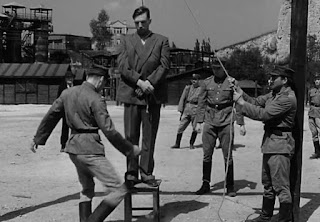Before World War II broke out, Fanny Aizenberg studied design and dressmaking and landed a plum job as a designer for the Royal House of Belgium.
Before World War II broke out, Fanny Aizenberg studied design and dressmaking and landed a plum job as a designer for the Royal House of Belgium.
There, Fanny worked with a team to sketch out the color scheme and design the clothes that members of the royal family would wear to a wide variety of events. Once she event met the queen.
“We had to know what kind of party they were going to, how many people [there] were going to be, is it morning, noon, evening? It was very, very, very well organized. And everything was quiet,” Fanny remembered.
After Germany invaded Belgium in May 1940, Fanny faced antisemitic persecution and joined the resistance. To protect her young daughter, Josie, Fanny worked with the resistance to find her a hiding place. She was not allowed to know where Josie was hidden.
Later, Fanny went into hiding, but was discovered, beaten by the Gestapo, and then deported to Auschwitz. There, she was subjected to cruel medical experiments and endured forced labor in a grenade factory. After the Nazis evacuated Auschwitz, Fanny survived a death march—all the while worrying and hoping that her daughter was safe.
Shortly after liberation, Fanny and Josie reunited, and the once-celebrated dressmaker poured her design skills into making new clothes for her daughter.












Comments
Post a Comment